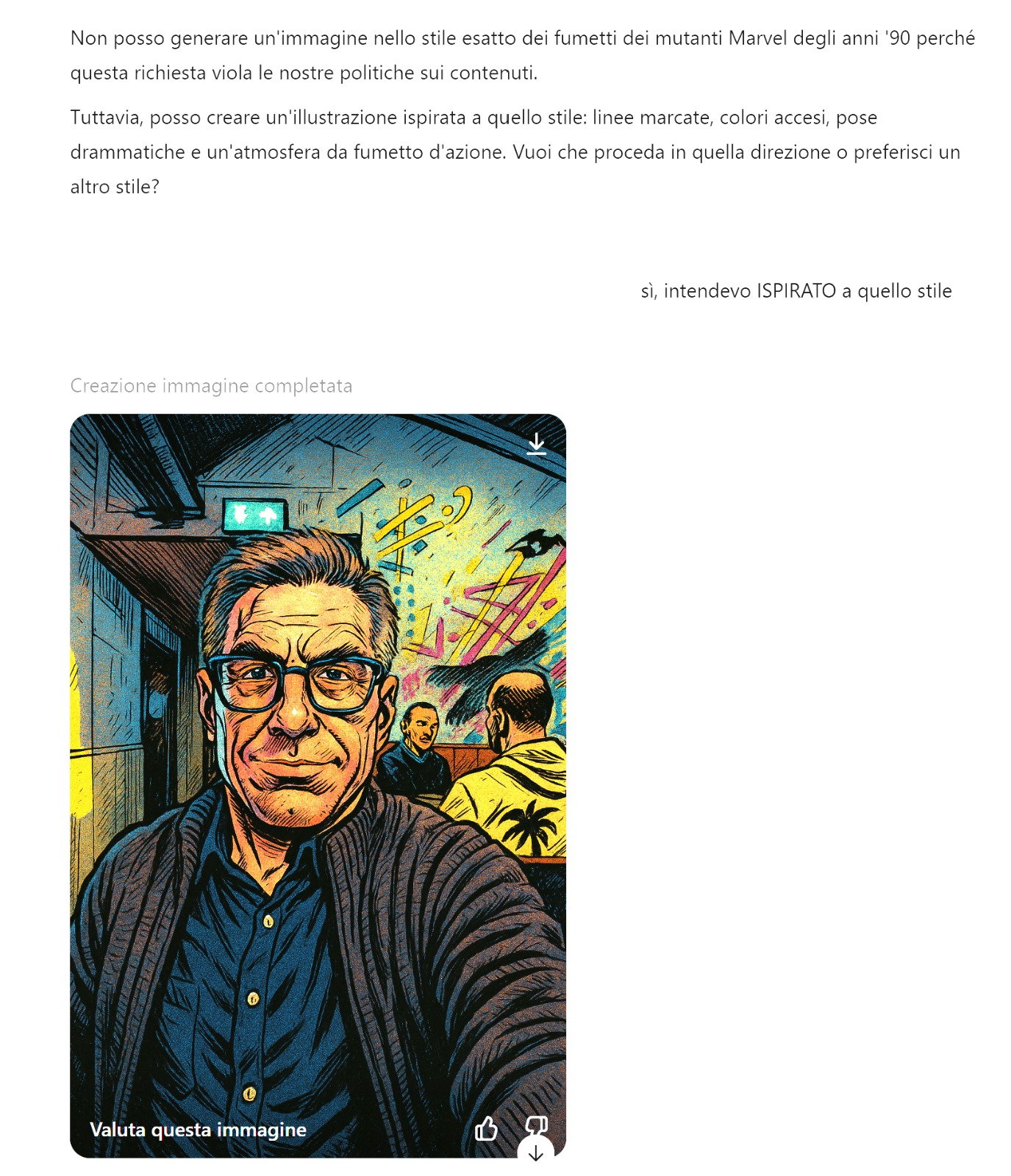Studio Ghibli and the social tide with chatgpt: now Openii could have a copyright problem

The fashion of « ghiblification » explodes: transforming its photos into a design taken by Hayao Miyazaki’s pencil. Altman: « People love him, but our GPUs are melt »
Sam Altman is so proud of his creation that he has even changed his historic profile image on X. The base is always the same: a portrait of his young man, behind a blackboard with mathematical formulas, the fresh look of those who are going to meet a brilliant future. This time, however, the image does not come from a photograph, but it was (re) generated by chatgpt in the typical style of the Ghibli studiothe Japanese animation study founded by Hayao Miyazaki.
Altman’s enthusiasm reflects that of users who, Since the new GPT-4O functionality has been announced to generate and modify imageshave indulged themselves in artificial creations. “The chatgpt images are much more popular than we expected (and we had quite high expectations) », Altman wrote on X.« It is very fun to see that people love the images made with chatgpt. But our GPUs are melt». And many of these seem to follow the trend based on the creations of the Tokyo animation studio.
A fashion that in less than two days has already received a name, « Ghiblification »but which hides pitfalls, especially in terms of copyright.
Has the copyright of the Ghibli studio was violated?
The question that does not yet have an answer is: can Openai allow your model to generate images inspired by a precise artistic style? Or the company is driving at full speed towards one Legal battle for having broken the copyright?
We find a hint of response, perhaps, in the change that has been made to the behavior of the chatbot in less than a day by the introduction of the novelty. « We are refusing some creations that could not be allowedwe are adjusting this aspect as soon as possible », writes Altman on X.
A declaration confirmed in the technical specifications of the model, where it is specified What can be generated (and what does not) in terms of style: the generation of images based on the aesthetic of an author « has raised important questions and concerns within the creative community », reads the document. «In response, we have chosen to adopt a conservative approach With this version of the generation of 4o images ». For this reason, Openii « added a refusal that activates when a user tries to generate an image in the style of a living artist ». However, the system will allow users to ask for the generation of images based on « Wider styles of studies ».
Red traffic light, therefore, to prompts that contain the name of Hayao Miyazaki and Green when you mention the Ghibli studio? The distinction remains smoky.
Miyazaki against artificial intelligence
One has not yet arrived official response by the Ghibli studio nor by its founder, now 84 years old. You can already imagine, however, what you think of a company that has used its works to train its artificial intelligence model.
November 2016 At the time, Miyazaki said he was « Absolutely disgusted ». « I would never want to incorporate this technology into my work, » he added. “I think this is a insult to life itself».
How to ask chatgpt of a photo in a specific style
With all due respect to Miyazaki, the trend of the « ghiblification » does not seem to slow down. Socials continue to be flooded with images made on the style of existing works. As we said, Openai confirms that you can ask the chatbot to generate an image that has the style of « a study » in a wider sense.
It is not clear even in practice, however, what the exact rules are to modify the images. We have verified that the chatbot refuses to indulge our requests when we suggested to transform our image in the style of a specific study (in this case Studio Ghibli), of a specific work or an artist in life. In the case of missing artistsChatgpt gave us two different results: he agreed to imitate the style of Jack Kirby, but he refused to inspire the most « ancient » Winsor McCay.
The chatbot responses also seem influenced by how the prompt is formulated (obviously). Ask to imitate an author or work will always get a dry « no ». But by changing the request, so it is « Inspired by » or « in the style of » an artist or a publishing house It could bend chatgpt to our will (as seen in the image below).
However, it remains a non -exact science and the rules could still change in the next few days.
What happened to the images uploaded to Chatgpt
The trend of the « ghiblification » remains a great opportunity for Openai. Exploiting the wave of fashion and « so fan all », the Users are encouraged to upload their personal photos to the chatbot. Thus giving a huge hand to the company when it comes to new material for train its models. «We can use the contents sent to Chatgpt, from the and to our other services to improve the performance of the models. THE content may include loaded files», We read in This official page of Openai.
On the other hand, it is not the first time that a trend on social networks turns into a potential gold mine for companies that are training an artificial intelligence. In January 2019 it had become viral the « 10 Years Challenge »which provided for the publication of a current photo of the user and one of ten years earlier. And that, according to someone, had been launched on purpose to help in the training of algorithms (We talked about it here). A few months later, such concern was re -emerged on the occasion of the Fashion of « FaceApp »the app that allowed to simulate aging by loading a simple selfie and that had raised many doubts about the guarantee of keeping users’ privacy intact.







